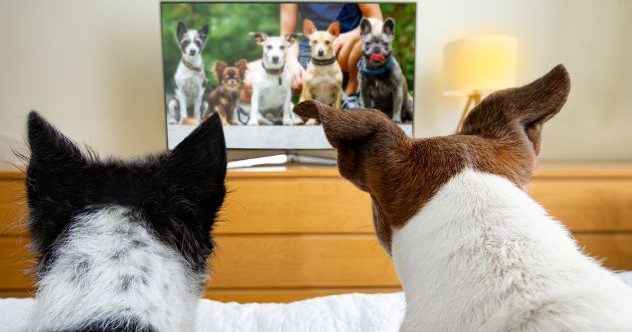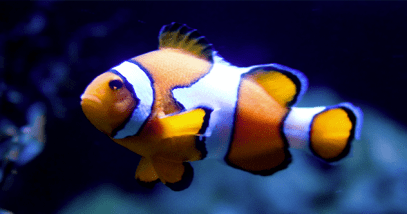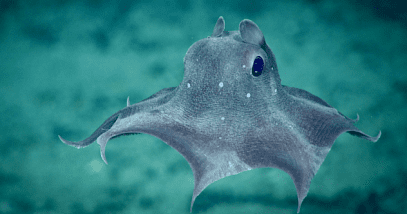 Animals
Animals  Animals
Animals  History
History 10 Historical Discoveries We Weren’t Expecting in 2025
 Movies and TV
Movies and TV 10 Unexpectedly Deep Messages in ’70s Children’s TV Shows
 Movies and TV
Movies and TV 10 Terrifying Horror Movies Set in Space That Aren’t From The Alien Franchise
 Music
Music 10 Heavy Metal Controversies That Shocked the Music World
 History
History 10 Hilarious Historical Moments of Insults and Trash Talking
 Space
Space 10 Amazing Space Secrets from Our Own Solar System
 Weird Stuff
Weird Stuff 10 Diabolical Nature Facts That Will Scare You Back Indoors
 History
History 10 Hitchhiking Pick-Ups That Genuinely Changed History
 Technology
Technology The 10 Coolest Technology Shifts Flying Under the Radar
 Animals
Animals Ten Bizarre New Facts About Animals
 History
History 10 Historical Discoveries We Weren’t Expecting in 2025
 Movies and TV
Movies and TV 10 Unexpectedly Deep Messages in ’70s Children’s TV Shows
Who's Behind Listverse?

Jamie Frater
Head Editor
Jamie founded Listverse due to an insatiable desire to share fascinating, obscure, and bizarre facts. He has been a guest speaker on numerous national radio and television stations and is a five time published author.
More About Us Movies and TV
Movies and TV 10 Terrifying Horror Movies Set in Space That Aren’t From The Alien Franchise
 Music
Music 10 Heavy Metal Controversies That Shocked the Music World
 History
History 10 Hilarious Historical Moments of Insults and Trash Talking
 Space
Space 10 Amazing Space Secrets from Our Own Solar System
 Weird Stuff
Weird Stuff 10 Diabolical Nature Facts That Will Scare You Back Indoors
 History
History 10 Hitchhiking Pick-Ups That Genuinely Changed History
 Technology
Technology The 10 Coolest Technology Shifts Flying Under the Radar
Animals
Random List
 Animals
Animals Ten Bizarre New Facts About Animals
 Animals
Animals 10 Incredible Animals That Can Switch Their Sex
 Animals
Animals The 10 Weirdest Octopuses In The Ocean
 Animals
Animals 10 Orca Quirks That Will Make You Forget the Boat Attacks
 Animals
Animals 10 Wild Facts You Might Not Know About Sharks
 Animals
Animals 10 Times Desperate Animals Asked People for Help… and Got It
 Animals
Animals 10 Inspiring Tales of Horses Being Human
 Animals
Animals 10 Secret Abilities of Well-Known Animals
 Animals
Animals 10 Times the Christian Church Took on the Animal Kingdom
 Animals
Animals Ten Animals That Are More Musical Than You Might Think
 Animals
Animals 10 Strange Animals You Won’t Believe Actually Exist
Editor’s Picks
 Movies and TV
Movies and TV 10 Psychiatric Diagnoses Of Horror Villains And Their Victims
 Movies and TV
Movies and TV 10 Greatest Movie MacGuffins Of All Time
 Movies and TV
Movies and TV 10 Iconic Movie And TV Restaurants That Are Actually Real
 Movies and TV
Movies and TV